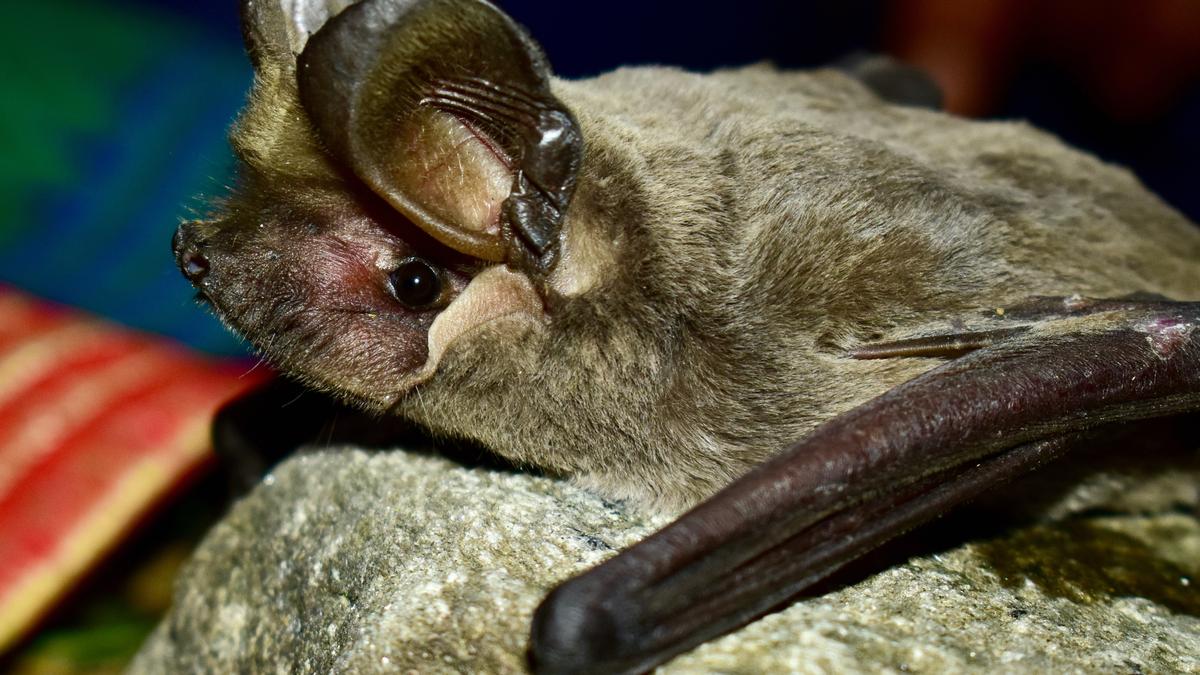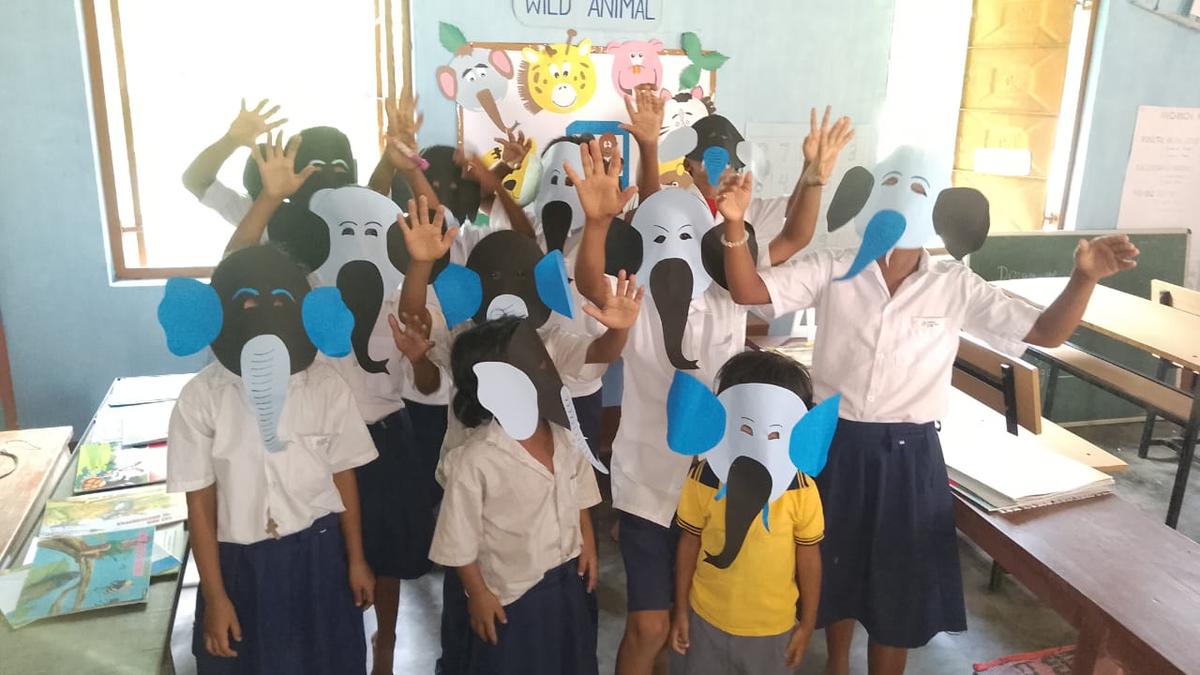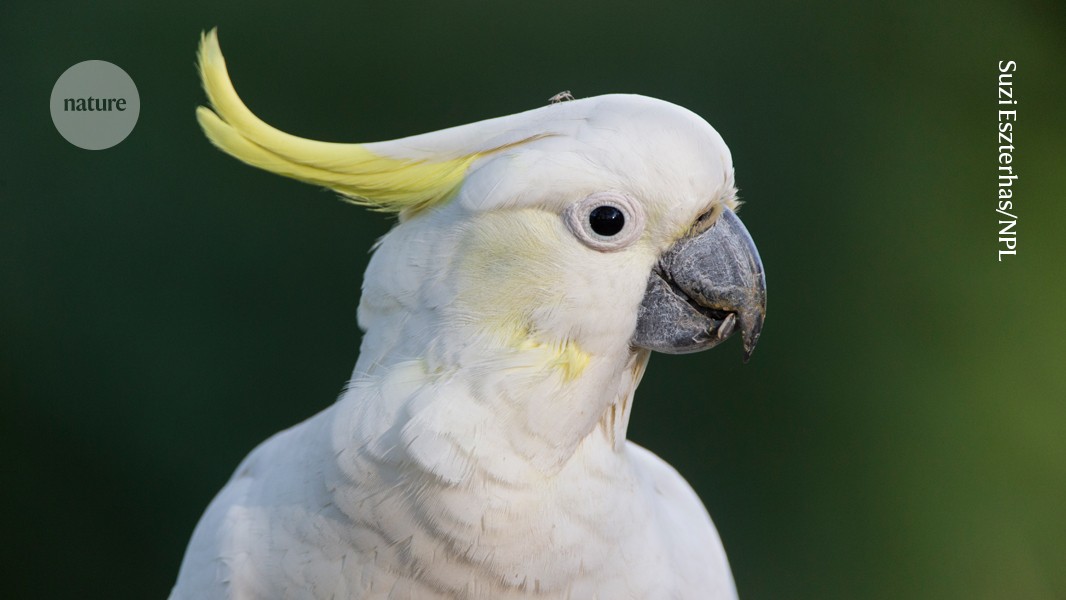Chimpanzees ‘caught a yawn’ from this robot and researchers aren’t sure why
'To our knowledge, this is the first study to explore contagious yawning in response to an inanimate agent.' The post Chimpanzees ‘caught a yawn’ from this robot and researchers aren’t sure why appeared first on Popular Science.

Scientists from City St George’s, University of London created a terrifyingly realistic android head to determine whether chimpanzees can “catch” yawns from robots. Remarkably, it turns out they can, but researchers still aren’t sure why.
The study, detailed this week in the journal Scientific Reports, found that a slight majority (57.1 percent) of adult chimpanzees observed would yawn in response to seeing the android head yawn. Researchers also noted that the same proportion of chimpanzees responded to the yawning robot by either lying down or gathering materials used for bedding—which could be a sign that they interpreted the animatronic head’s agape mouth as a “cue” to rest. The exact mechanism behind this response remains unclear, but the study shows, for the first time, that the phenomenon of contagious yawning also applies to animals and non-living robots.

“Our findings show that chimpanzees exhibit yawn contagion when triggered by a non-biological inanimate agent, a humanoid android, that looks as if it is yawning,” study lead author Ramiro Joly-Mascheroni said in a statement.
Contagious yawning remains shrouded in mystery
Yawning is weird. Everyone does it, but scientists are still divided over what evolutionary purpose it serves. One commonly held theory suggests yawning is a biological tool used to cool the brain by increasing blood flow to the neck, jaw, and sinuses while releasing heat from the brain. Others have proposed that yawning acts as a physical signal, a kind of alarm for our bodies to remind us to wake up and stay alert when we’re feeling tired. There’s also ample observable evidence that yawning is contagious. Watch someone yawn long enough, and you’ll likely follow suit. In fact, it’s possible you started yawning just by reading this article. Sorry.
Contagious yawning isn’t unique to humans. Past studies have documented the phenomenon in groups of chimpanzees, dogs, sheep, and even elephants—and it can occur across species as well. In 2013, researchers from Lund University repeatedly yawned at 33 chimpanzees in cages and found that the chimps consistently yawned back. Or at least, it appeared that way. As the video below shows, it’s hard to tell whether the apes were genuinely yawning out of fatigue or simply mimicking the humans’ facial expressions. Regardless, contagious yawning is widespread in the animal kingdom and still poorly understood. In this latest study, researchers wanted to take things a step further and see whether the strange phenomenon could occur not just between species, but between living beings and machines.
Related: [Reading this headline might make you yawn. Here’s why.]
“Despite its elusive primary functions—we still don’t know exactly why we yawn, let alone why yawning is contagious—yawning may still have an evolutionarily old, non-verbal communicative role, and its contagious aspect may help us find out more about how humans and animals developed ways of communication and social interaction,” Joly-Mascheroni added.
Yawning robot made chimps want to get ready for bed
The researchers began the experiment by creating a life-sized silicon human head equipped with a motorized, movable mouth. This “android,” as the researchers called it, could simulate three facial expressions: neutral, gaping, and yawning. It achieved these thanks to 33 rotational motors that functioned like muscles. When prompted to yawn, the unsettling face would peel open its lips, briefly shut its eyes for several seconds, and then return to its neutral position. Each expression could last up to 10 seconds. The sequence was designed to mimic a human yawn, but one could be forgiven for thinking the fleshy android had just been unpleasantly jabbed with something sharp.
Researchers then took their yawning Frankenstein and placed it in a room with 14 adult chimpanzees, ranging in age from 10 to 33. Each chimp was exposed to the robot displaying one of the three expressions during separate 15-minute sessions. Following the tests, 14 chimpanzees (57.1 percent) reportedly exhibited signs of contagious yawning. The chimps yawned more frequently when the robot’s mouth was fully agape in a yawn. More interesting still, the same number of chimps observed with the android were also seen lying down and gathering materials for bedding.

“To our knowledge, this is the first study to explore contagious yawning in response to an inanimate agent, an android, presented in real time,” the researchers said in the paper.
Though the exact reason the chimpanzees “caught” the robot’s yawn remains unclear, the researchers offer a few theories. One possibility is that the chimps simply chose to imitate the android—much like people and animals often mimic others in unfamiliar social situations. Alternatively, the yawning robot may have triggered an “automatic perception-action coupling mechanism” in the chimps, causing them to yawn involuntarily. In other words, for reasons still not fully understood, the robot’s yawn may have activated a biological response in the chimpanzees that led them to associate the gesture with sleep or rest.
The already bizarre world of yawning just got even weirder.
The post Chimpanzees ‘caught a yawn’ from this robot and researchers aren’t sure why appeared first on Popular Science.





















































































































































